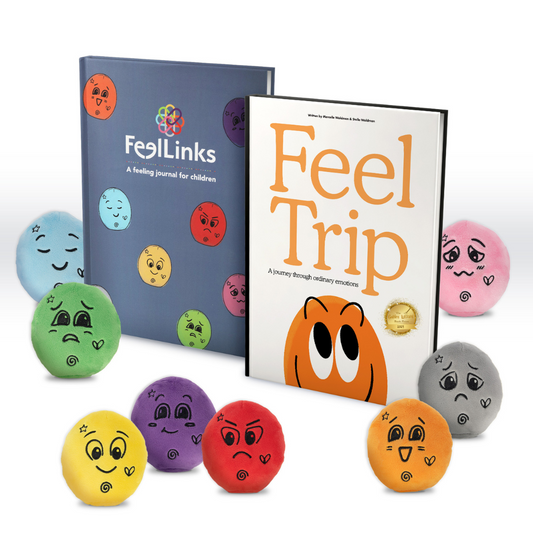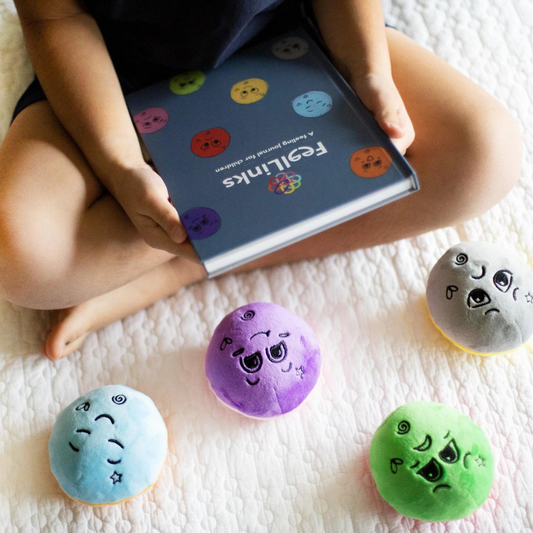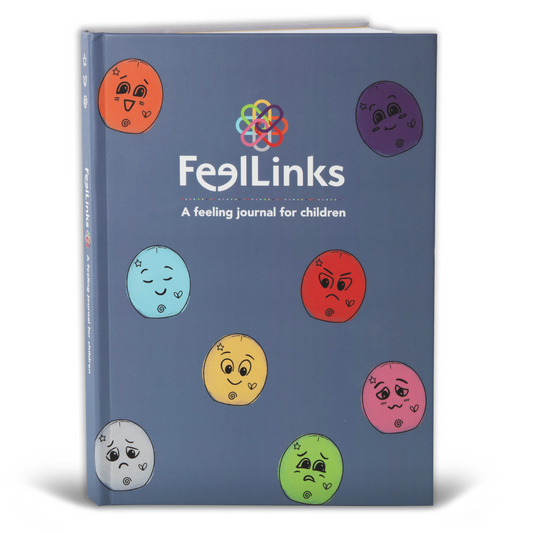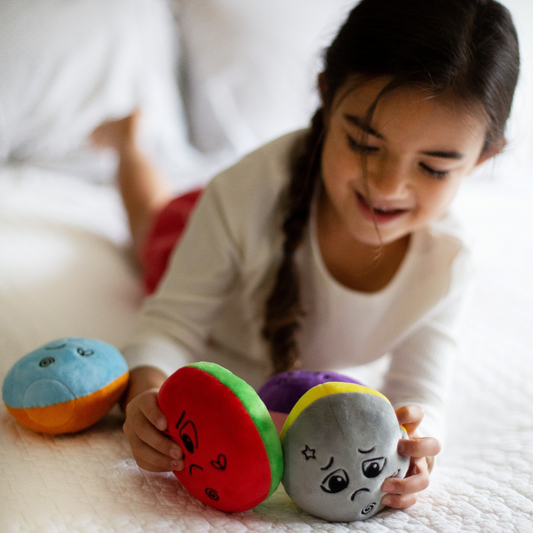Emotional Check-Ins: And some questions to get them to dig deeper
Share
Emotional check-ins with kids are invaluable moments of connection and support. Taking the time to understand and validate their feelings helps foster emotional intelligence and strengthens the adult-child bond.
Why it’s important to check-in regularly
Emotional check-ins with our children provide a safe space for them to express their feelings and be heard. In today’s fast-paced world, where distractions are endless, it’s easy for emotions to go unnoticed. But by regularly engaging in these check-ins, we can create a nurturing environment where our kids feel comfortable sharing their innermost thoughts and emotions.
When we check in with our children emotionally, we send them the message that their feelings matter. We let them know that it’s okay to experience a range of emotions and that we are there to support them through it all. By actively listening and showing empathy, we validate their experiences and help them develop a healthy understanding of their emotions.
How do we check-in?
We can ask open-ended questions (see below for a short list of examples), encouraging our children to delve deeper into how they are feeling. We can create a space free of judgment where they can openly express their joys, fears, pride, frustrations, or sadness. By actively listening without immediately jumping to problem-solving or dismissing their emotions, we foster their emotional growth and self-awareness. FeelLinks dolls and journals are supportive visual and tactile tools encouraging open communication around emotions, creating great ease with those check-ins, and further nurturing the adult-child relationship.
Emotional check-ins also provide an opportunity for us to model healthy emotional expression. When we share our own feelings and struggles, we demonstrate that emotions are a normal part of life. By being authentic and vulnerable, we show our kids that it’s okay to embrace their emotions and seek support when needed.
Through these check-ins, we can identify any potential challenges or stressors that our children may be facing. It allows us to address their needs and help them develop coping strategies. By creating a habit of emotional check-ins, we build trust and open lines of communication, making it easier for them to approach us with their concerns.
Emotional check-ins with our kids are vital for their emotional well-being. By providing a safe space to express their feelings, we nurture their emotional intelligence and foster a strong parent-child relationship. So let’s make it a priority to regularly connect with our children on an emotional level, listening to their hearts and validating their emotions along the way.
Some questions you can ask to dig deeper in those check-ins
1. How are you feeling today? Is there anything specific that made you feel that way?
2. Can you tell me about something that made you happy or excited recently?
3. Is there anything on your mind that you would like to talk about?
4. Have you felt worried or anxious about anything lately? If so, what’s been bothering you?
5. Did anything make you feel proud of yourself recently? What was it?
6. Have you experienced any challenges or difficulties lately? How did they make you feel?
7. Is there something you’re looking forward to in the near future? How does that make you feel?
8. Can you describe a time when you felt really loved or cared for?
9. Have you been feeling calm and relaxed lately, or have you noticed any moments of peace?
10. Is there something you would like to do or explore to help you feel better or happier?
And - one of the greatest comments we can say to show that we are fully tuned in, wanting to hear more, and not trying to jump to problem solving for someone, anyone, of any age, TELL ME MORE…
Remember, the goal is to create a supportive and non-judgmental environment where children feel comfortable sharing their emotions. Active listening and genuine curiosity are key to understanding their experiences and fostering their emotional well-being. Adapt these questions to suit the age and developmental level of the child, and encourage open and honest communication.





